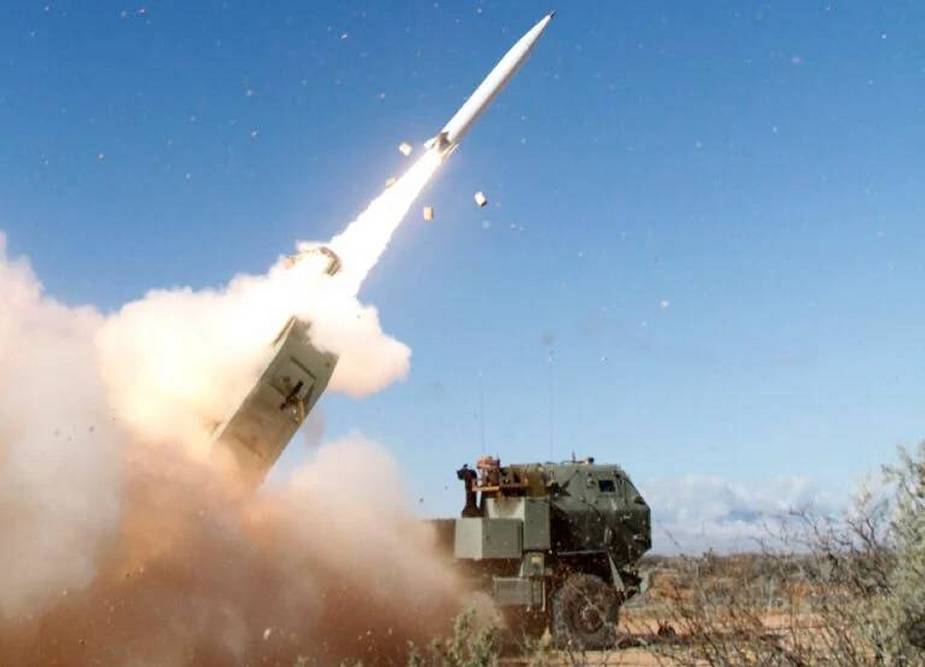Breaking news
Lockheed Martin awarded US Army contract modification for early operational production for Precision Strike Missile.
The U.S. Department of Defense on July 28 announced that Lockheed Martin was awarded a $44,301,149 modification to contract CW31P4Q-21-C-0042 for early operational production for the Precision Strike Missile. Work will be performed in Grand Prairie, Texas, with an estimated completion date of April 28, 2025. Fiscal 2010 aircraft procurement, Army funds in the amount of $44,301,149 were obligated at the time of the award. Army Contracting Command, Redstone Arsenal, Alabama, is the contracting activity.
Follow Army Recognition on Google News at this link

First test-launch of a Precision Strike Missile (PrSM) on December 10, 2019, from the White Sands Missile Range (Picture source: Lockheed Martin)
-The Precision Strike Missile (PrSM) is the next-generation, long-range precision-strike missile designed for the U.S. Army’s PrSM program and intended to replace the ATACMS. This new surface-to-surface weapon system will deliver enhanced capabilities to attack, neutralize, suppress and destroy targets using missile-delivered indirect fires out to 499+ kilometers. PrSM provides the Joint Force Commander with increased range, lethality, survivability and missile load out. These enhanced capabilities are critical to the successful execution of Fires in support of Multi-Domain Operations.
Lockheed Martin’s PrSM missile contains an insensitive munition (IM) propulsion system and IM energetic payload capable of defeating the PrSM target set. It also features an open systems architecture design for maximum affordability and flexibility, is modular for future growth and M142 HIMARS and M270 MLRS compatible.
In March 2016, Lockheed Martin, Boeing, and Raytheon announced they would offer a missile to meet the U.S. Army's Long Range Precision Fires (LRPF) requirement to replace the ATACMS. The PrSM will use advanced propulsion to fly faster and farther (originally out to 310 miles (500 km)) while also being thinner and sleeker, increasing loadout to two per pod, doubling the number carried by M270 MLRS and M142 HIMARS launchers.
Boeing and Raytheon were involved in the competitive effort, but the latter left the competition in early 2020, leaving Lockheed Martin as the missile developer. The weapon is planned to achieve initial operational capability in 2023; the initial PrSM will only be able to hit stationary targets on land, but later versions will track moving targets on land and sea. With the U.S. withdrawal from the Intermediate-Range Nuclear Forces Treaty, the range of the PrSM will be increased beyond the '499 km' limitation previously placed upon it by the treaty.
In June 2020, the Army had begun testing a new multi-mode seeker – an upgrade for the Precision Strike Missile – even though the missile would not enter service until 2023, the upgraded seeker is expected to be part of a major program improvement planned for 2025.
In July 2021, the US announced that Australia had become a partner in the PrSM Program with the Australian Army signing a memorandum of understanding for Increment 2 of the program with the US Army's Defense Exports and Cooperation and had contributed US$54 million.
The United Kingdom, as part of an upgrade to the British Army’s M270 MLRS, has hinted that it may possibly acquire PrSM.
Lockheed Martin PrSM data
* Two PrSM rounds per launch pod
* Ranges from 60 to 499 kilometers. Advancements in designing and a potential ramjet could extend the weapon's range up to 1,000 kilometers.
* Based upon Lockheed Martin’s decades of unparalleled experience in Precision Fires rockets and missiles
* Open systems architecture
* Modular and easily expandable
* IM energetic payload
* Compatible with both MLRS M270 and HIMARS family of launchers
Defense News July 2023

























